The Fine Print of Suppression
How the SAVE Act Would Quietly Lock Millions Out of the Voting Booth

From Unpopularity to Authoritarianism: How Trump & Musk’s Struggles Lead to the SAVE Act
Donald Trump’s second term is off to a rough start, with approval sliding and backlash growing against his policies. His aggressive push to dismantle federal programs and pardon January 6 rioters has met broad resistance, while Elon Musk’s deepening unpopularity as head of DOGE is only adding to the administration’s troubles. Musk’s sweeping cuts and erratic public behavior are fueling doubts about Trump’s leadership, as concerns over corruption and self-interest mount.
Pundits warn that if this trend continues, Republicans could lose House and Senate seats in 2026.
That is—if people can still vote.
Meet the Orwellian-titled Safeguard American Voter Eligibility (SAVE) Act - a proposal that doesn’t “safeguard” voters. Instead it will abolish the way almost all Americans register to vote, imposing strict requirements that are designed to suppress voter access rather than protect election integrity.
In the fall of 2024, the SAVE Act introduced by Rep. Chip Roy (R-TX), passed the U.S. House but stalled in the Senate.
It had some famous fans.
Trump threatened a government shutdown over the SAVE Act, but at least he stuck to his usual caps-lock bluster. Musk, on the other hand, skipped straight to labeling opponents ‘TRAITORS’ and hinting at penalties.
One’s playing politics—the other’s dabbling in a full-blown authoritarian fantasy.
The SAVE Act: A 21st-Century Barrier to Voting
Just as poll taxes, literacy tests, and Jim Crow voting laws once appeared “reasonable,” the Safeguard American Voter Eligibility (SAVE) Act cloaks its intentions in bureaucratic language.
It would force voters to prove citizenship, in person, with burdensome documents—a passport or birth certificate—just to register. A driver’s license—even a Real ID—doesn’t list your place of birth, so it wouldn’t meet the SAVE Act’s strict documentation requirements.
It also bans mail-in and online registration, automatic DMV registration, and voter registration drives by third parties, campaign and non-profit groups.
SAVE mandates aggressive voter roll purges, and threatens election officials with criminal penalties over any registration slip-ups.
It would also overwhelm election officials, leading to long lines for voters and dramatically increased costs for state and local governments.
For many Americans, these requirements become near-impossible hurdles. As of 2022, only 6% of Americans registered to vote IN PERSON at election offices.
Some have never needed passports or face issues retrieving their birth certificates, while others—particularly women—have names that don’t match their original documents.
Elderly voters and those in rural areas often live far from offices that issue replacements. Without explicitly denying anyone the right to vote, the law functionally ensures entire groups will be locked out of the ballot box.
The SAVE Act isn’t about saving anything—it’s about dismantling voter access based on a lie. Despite endless GOP fearmongering, studies (and even Republican officials) confirm that non-citizen voting is virtually nonexistent.
In Ohio, after much hype, the grand total was six cases out of 11 million voters—some due to government errors. Yet this fabricated crisis is now the excuse for laws designed to make voting harder for millions.
Defenders of the SAVE Act claim it’s needed to prevent noncitizen voter fraud—mirroring Donald Trump’s conspiracy theory that Democrats are deliberately importing voters.
Yet noncitizens are already barred from voting in federal elections. In other words, the law solves a problem that doesn’t actually exist—unless its real goal is to disenfranchise millions, especially women.

Of course, there’s nothing novel here. From the earliest days of the republic, the powerful have used “safeguards” to decide who counts and who doesn’t.
A Room Full of Rich White Men Deciding Who Counts
John Trumbull’s “Declaration of Independence” might look like a celebration of liberty, but the Founders had other ideas in mind. Even as they declared freedom from monarchy, they carefully crafted a constitution designed to keep power in elite hands.
Rather than permit direct votes for all, they created the Electoral College to filter public choice, allowed state legislatures to pick senators, and gave judges lifetime appointments selected by a president and an unelected Senate.
In Federalist No. 10, James Madison laid it bare: he feared “mob rule”—that too many ordinary voices would threaten the interests of the wealthier class. What they built was not pure democracy; it was controlled democracy.
Today, the SAVE Act echoes that legacy. Instead of property requirements or an unelected Senate, we get voter ID mandates and strict proof-of-citizenship checks. While politicians claim these measures fight fraud, their real target is clear: preserving the power of those already at the top.
SAVE is the latest installment in a long history of voter suppression.
The First Voting Rights Fight: Class War and the Working Man’s Vote
Initially, America’s voting battles were about class. Most states granted suffrage only to property owners. If you had no land, you had no vote. This effectively shut out laborers and tenant farmers who posed a “threat” to the elite status quo.

By the early 1800s, states began dropping property requirements, allowing working-class white men into the electorate. But for those in power, this was a crisis. If poor laborers could vote, they might upend the entire system. Political machines soon sprang up to control these new voters through intimidation and legal barriers.
That playbook has never gone away. The SAVE Act creates a similar maze of paperwork, particularly hard for low-income voters. They’re the ones least likely to own a passport, have quick access to birth certificates, or have easy access to government offices. Just like the old property requirements, these modern hoops will keep political power in familiar hands.

The Fight for the Ballot: How Race Shaped Voter Suppression
By the mid-19th century, race came to the forefront of voting rights battles. The Fifteenth Amendment, ratified in 1870, was supposed to guarantee Black men the right to vote.

In reality, states found new ways to block them. Violence was the first line of defense; polling places in many regions became sites of terror orchestrated by paramilitary groups.

An 1879 Harper’s Weekly cartoon showed a skeletal figure of Death standing guard at a ballot box, capturing how lethal the exercise of voting could be.
Simultaneously, Native Americans were deemed “wards of the state,” effectively excluded from voting altogether.

Decades later, even after Indigenous Americans were granted citizenship (in 1924), states continued to block them with residency requirements and literacy tests.
Today, many Native Americans rely on tribal IDs that don’t meet strict voter ID standards. Requiring in-person registration (with passports or birth certificates) at distant regisration centers is another well-worn tactic to exclude people who already face systemic barriers.

Literacy Tests: Bureaucracy as a Weapon

When outright violence became too obvious, states turned to literacy tests. White officials held the power to determine who “passed,” and although these tests differed from place to place, they all had one clear purpose: to give local registrars cover to dismiss any Black applicant as “illiterate.”

By turning English proficiency into a gatekeeper, literacy tests deliberately targeted immigrants, ensuring only so-called “desirable” newcomers could reach the ballot box.

Bureaucracy replaced open violence, but the aim stayed the same: keep “unfit” voters out. Yet literacy tests were only one piece of the puzzle—up next came an even more blunt instrument: the poll tax.
The Poll Tax: The Price of Democracy

For many decades, voting came with a literal price tag: the poll tax. If you couldn’t pay, you couldn’t vote—simple as that. These taxes hit low-income and Black communities the hardest. Sometimes they had to be paid months before an election, and states often demanded back payments for every year a person had been ineligible.

A chilling 1879 notice from Virginia’s Accomack County to get out the “white vote” warned that “Negroes” were registering because the Republican National Committee was paying their poll taxes. The real problem, from the viewpoint of those in power, wasn’t fraud; it was that more people might actually vote.

Poll taxes were finally outlawed in 1964 by the Twenty-Fourth Amendment, but their spirit lives on.
The SAVE Act doesn’t charge a fee at the ballot box; it just forces people to pay for passports, birth certificates, and time off work. The cost might be less obvious, but the effect—keeping poorer citizens out—remains the same.
Absentee & Mail-in Voting Under Fire
Absentee and mail-in voting have long been lifelines for soldiers, working-class voters, and anyone unable to reach polling sites easily. From the Civil War—when soldiers voted from the front—mail-in ballots helped everyday Americans participate—especially those living with disabilities or juggling caregiving responsibilities.

Yet whenever these methods expand voter access, they draw suspicion from those who fear a broader electorate. In 1971, the 26th Amendment lowered the voting age to 18—a victory that would necessitate a way for newly enfranchised college students and servicemembers to cast ballots while away from home.

Today, the SAVE Act takes direct aim at these gains by banning mail-in registration outright, using the same baseless “fraud” claims seen so often in voter-suppression tactics.
This prohibition disproportionately harms those who rely on mail-in voting most—working women, rural residents, and students away from home. Like any historical crackdown, the real target is an expanded electorate. Restricting voting methods remains one of the most effective ways to determine who gets counted.
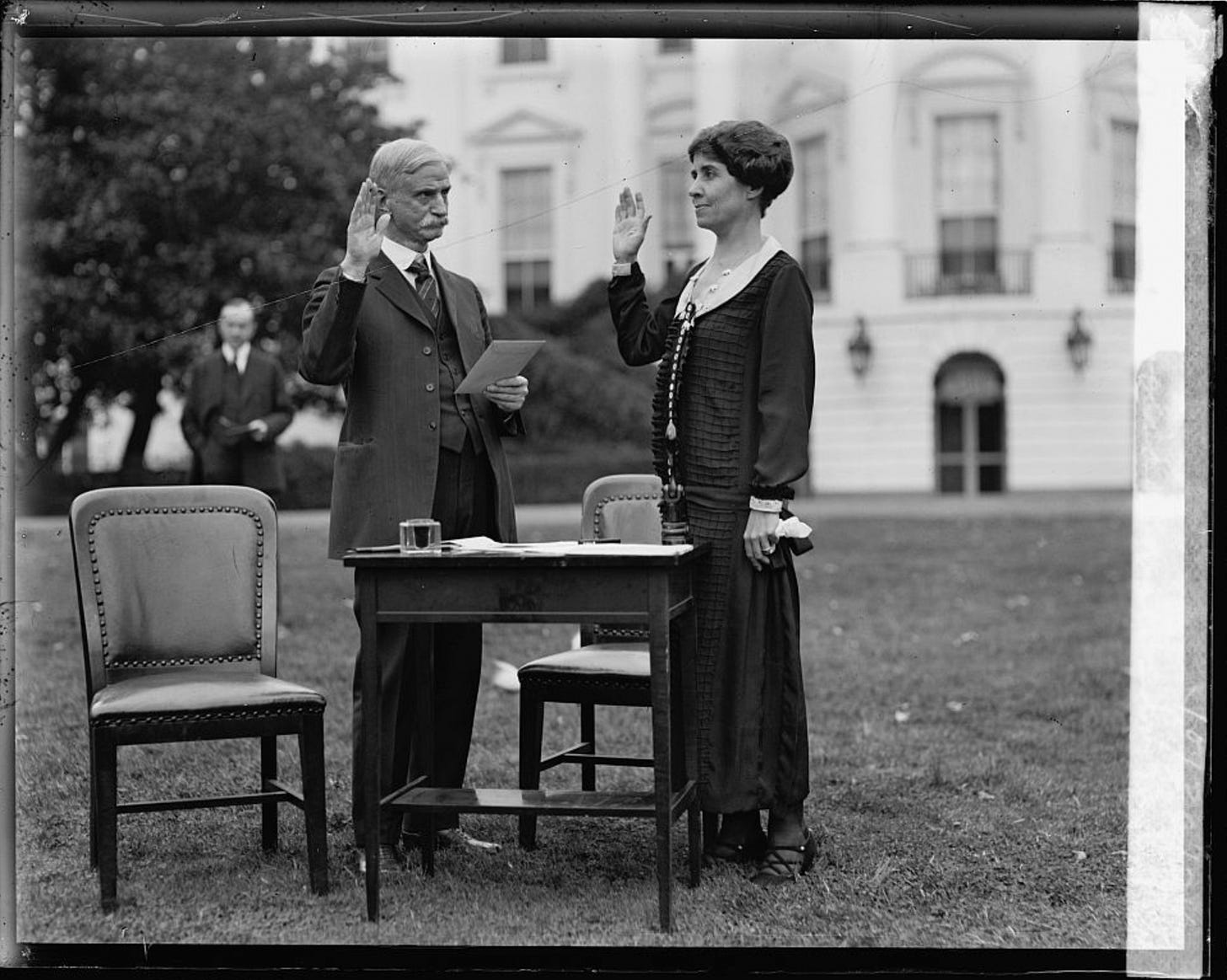
Women and the Fight to Be Counted
Of all the ways the SAVE Act narrows the electorate, its assault on women’s right to vote may be the most sinister. For generations, women were told their realm was the home, not the voting booth. They worked, paid taxes, raised children—but were denied a direct say in government.

Passing the Nineteenth Amendment in 1920 was a huge step toward equality, but it didn’t erase the real challenges that remained—particularly for women of color, who still faced literacy tests, intimidation, and other barriers.
Now, a new threat looms for women’s voting rights: the (SAVE) Act would require documentation—like a passport or birth certificate that exactly matches a voter’s current legal name—to register to vote. On paper, that might sound simple. In practice, it would exclude vast swaths of American women.

Consider the basic math: eight in ten married women in opposite-sex marriages take their spouse’s last name, and over 69 million married American women do not have any birth certificate that matches their current name.
In fact, one Brennan Center for Justice study found that fully one-third of American women do not possess any form of official documentation showing their legal name as it now stands.
Compounding the problem, about half of all Americans have no passport at all—and obtaining or renewing one can be costly, especially when multiplied by the extra paperwork required for any legal name change.
In other words, the SAVE Act’s demands act like a backdoor poll tax—driving up costs and bureaucracy until many simply give up. And this burden falls especially hard on women, who have consistently been more likely to vote for Democrats than men have been, a dynamic observed in every presidential election since 1980.

The Real Fight Over Voting Isn’t About Fraud—It’s About Power
Throughout American history, every tool of voter suppression—from poll taxes to literacy tests—has been packaged as a “safeguard.” In reality, these measures always shield the powerful from the people.
A telling example comes from a 1914 Puck cartoon titled “Two’s Company, Three’s a Crowd!”: two corrupt political bosses clutch their “corruption fund,” startled by a woman voter stepping out of the shadows holding a ballot. The moment more voices demand a say, those in charge clutch the levers of power that much harder.
Today, the SAVE Act fits snugly into this lineage. It cloaks its true aim—limiting who can vote—in the language of election integrity. Look no further than community-led voter registration drives, like the one in this photograph where women and children rally neighbors to register and vote.

Under the SAVE Act, even well-intentioned volunteers could face five years in prison for mistakenly helping someone lacking the right documentation sign up to vote. This draconian penalty all but ensures these grassroots efforts will disappear.
Yet we know from hard-won experience that voting rights only expand when people refuse to be shut out. Who you vote for is a political choice; whether you get to vote at all is about your fundamental rights as an American.
For decades, the Republican Party has steadily made it harder to register, stay registered, cast a ballot, and have it counted—particularly for those they suspect won’t vote for them—always under the guise of fighting “fraud.”
Donald Trump’s baseless allegations took that strategy to new extremes, and now the SAVE Act wants to codify it.

The SAVE Act is the latest test of our commitment to that vision. Letting this bill pass would erase the progress so many fought—and bled—to achieve. Opposing it should be a matter of principle for everyone, no matter their party, because at stake is not a political preference but the most fundamental of American rights.
So the question remains: Will we stand by while Republicans quietly tighten their grip, or will we carry forward the legacy of those who never accepted exclusion as fate?
The answer we give now matters—not just for us but for every future generation that looks to the ballot box as a beacon of possibility.
Let’s make sure the response is a resounding no.
Visit VoteRiders for more information about SAVE and how to fight it.
Share VoteRiders’ one page info sheet.


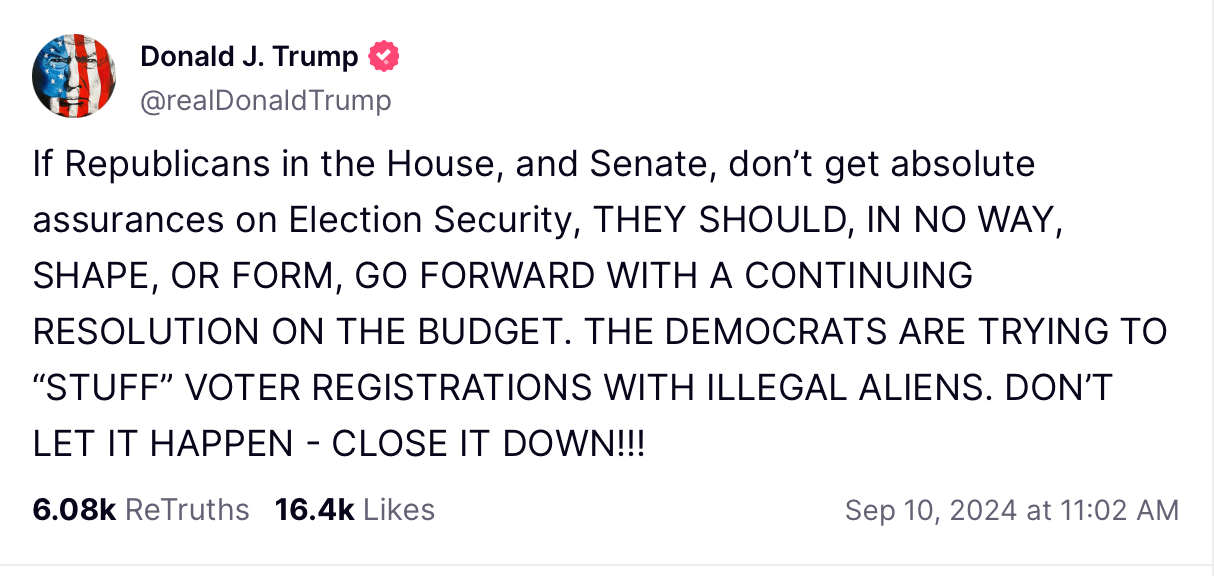
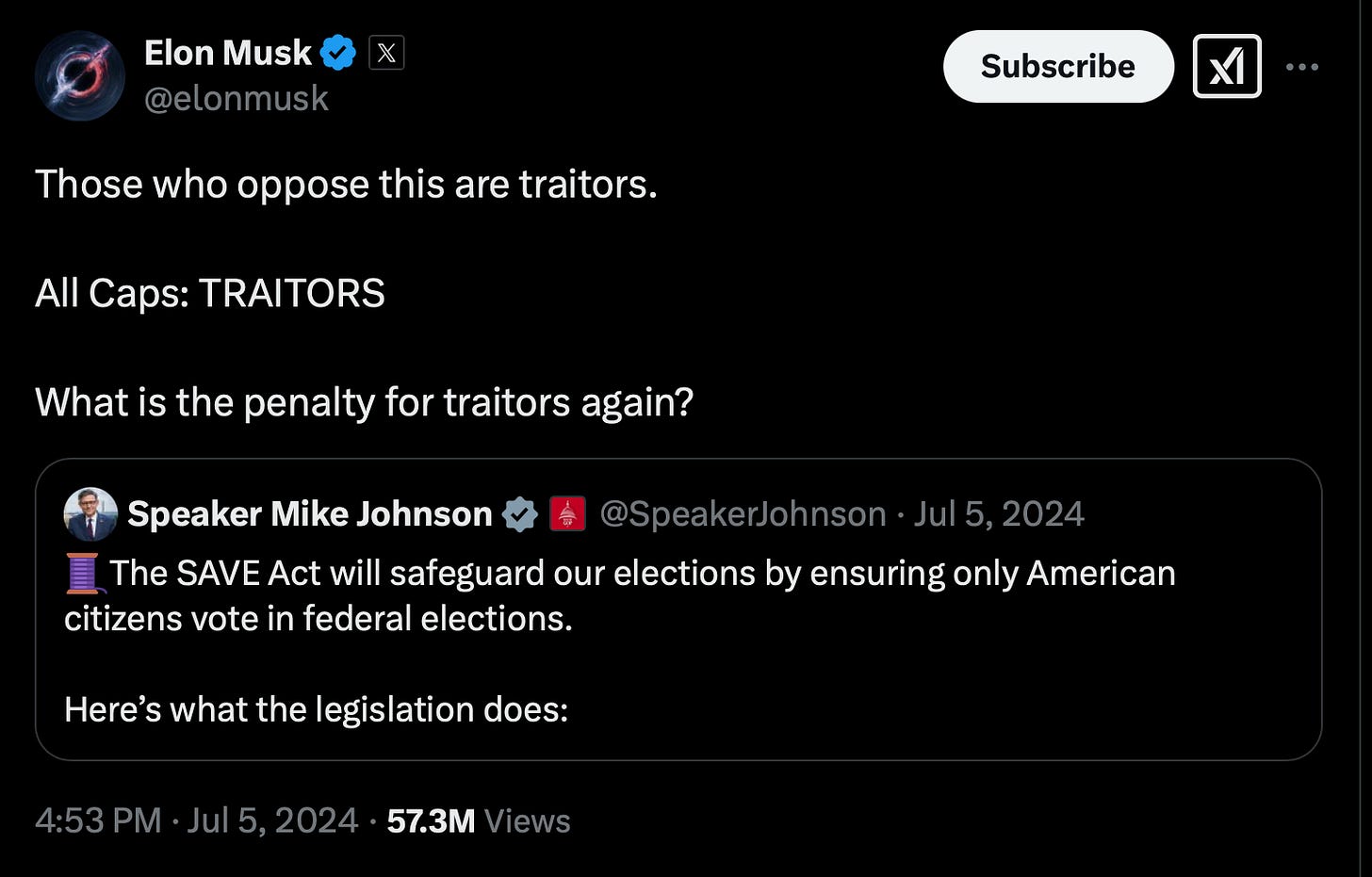
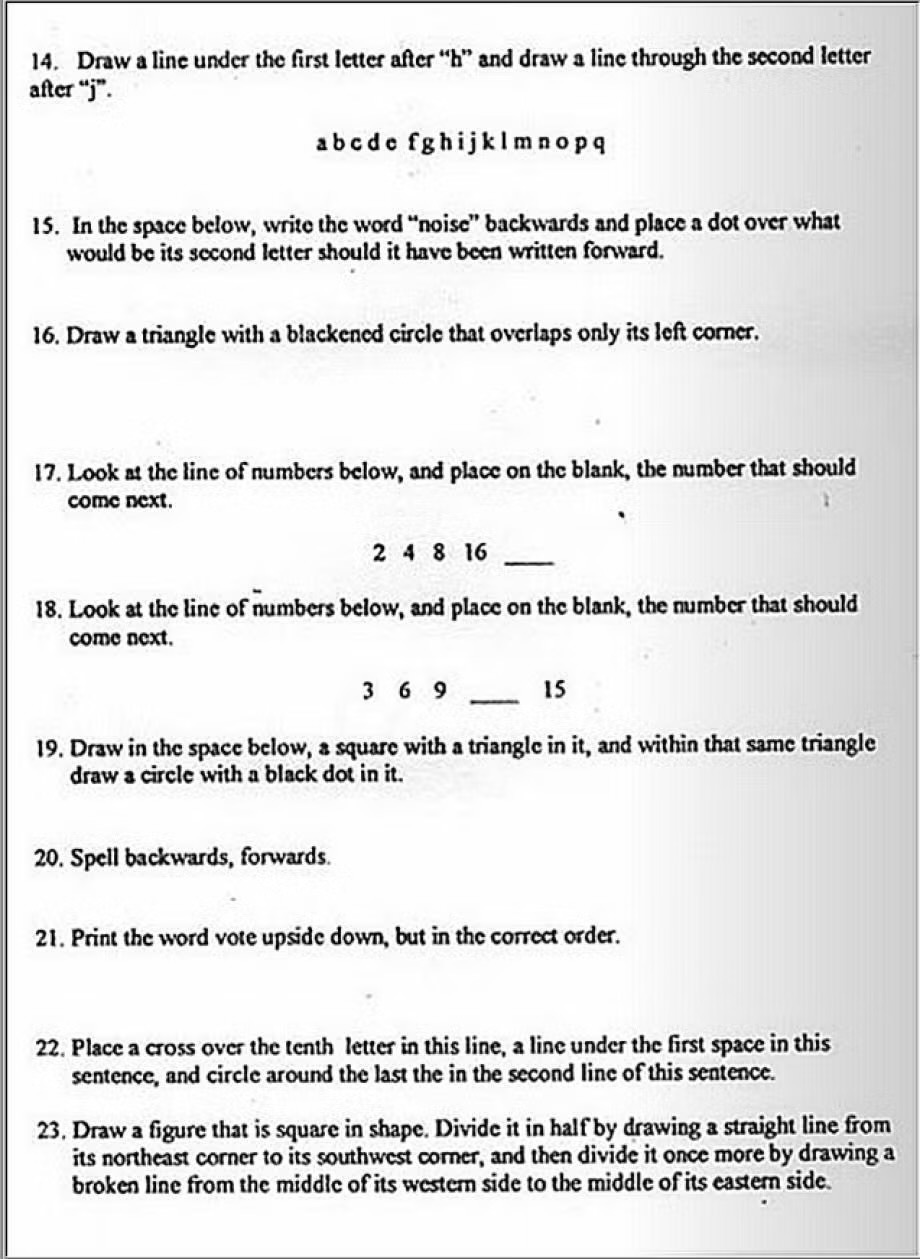
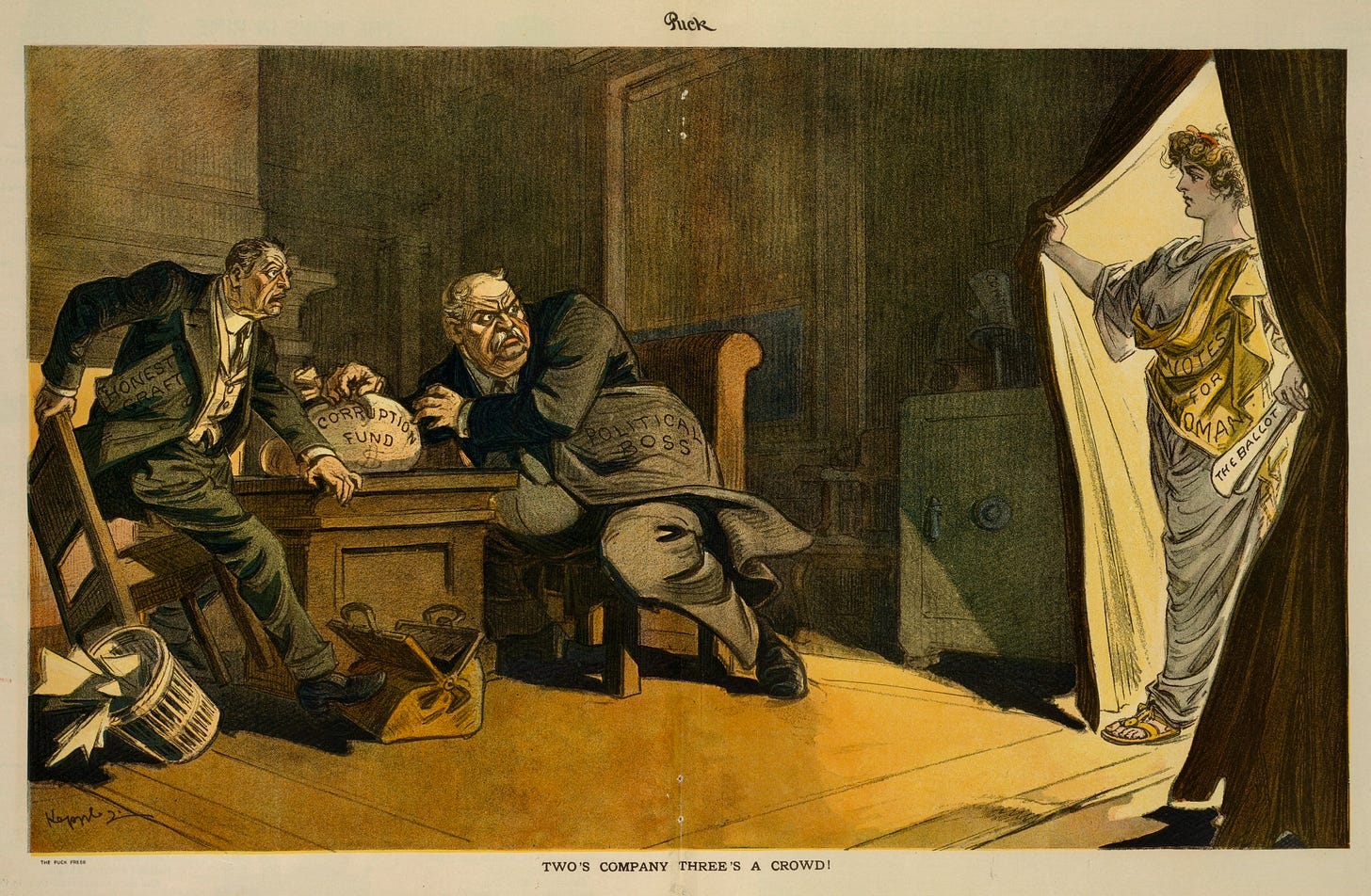

Peter -
Your best post yet.
Thank you.
I ran into this very problem while at the dmv applying for the Real ID. My passport did not match my birth certificate and I neglected to bring my marriage certificate to reconcile it. It was maddening that I had to make a second trip. Now imagine getting turned away from VOTING!? This is the biggest threat yet.